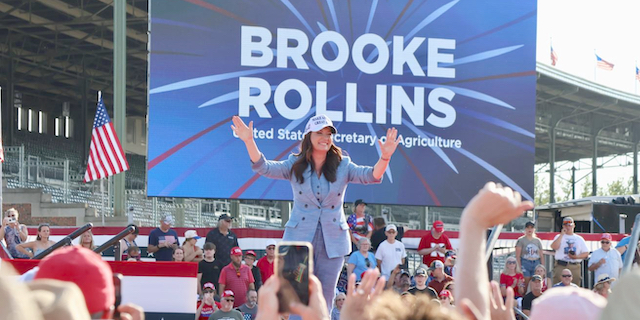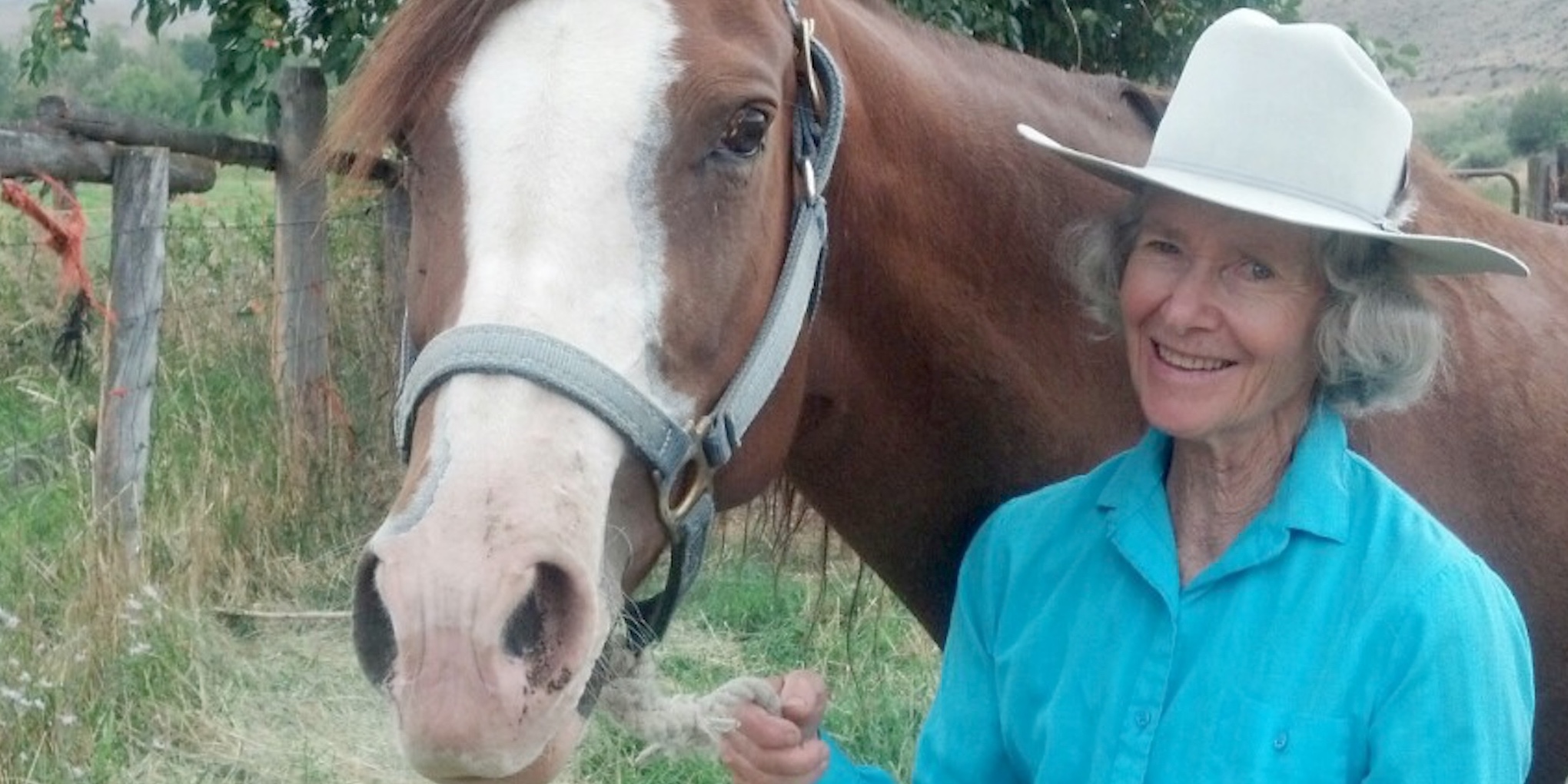Speaker tells ranchers why ‘red meat is good for you’
Published 4:57 pm Wednesday, May 3, 2023

- Gary Sides, left, a beef cattle nutritionist with Zoetis, visits with ranchers Marwood Hallett and Diane Huebner at the recent Douglas County, Ore., Livestock Association’s Spring Conference. Sides spoke about the benefits of eating red meat during his keynote talk at the conference.
WINSTON, Ore. — “Red meat is good for you” was the main message of Gary Sides’ keynote presentation at the recent annual Douglas County Livestock Association’s Spring Conference.
Trending
Sides’ talk, called “Modern Ag in a Cancel Culture,” emphasized that past studies showing red meat was harmful to human health were wrong and have given the public a perception that beef is bad for you.
Sides said science of the past is flawed. His goal is to present a different scientific understanding of diet, including the benefits of red meat.
Sides is a technical services beef cattle nutritionist with Zoetis, an international animal health care company.
Trending
Both sides of the red meat issue acknowledge that any health risks are lower if consumers eat no more than two or three servings a week.
A study conducted by an international team of researchers and published in 2019 concluded there is little evidence that either red meat or processed meat is harmful to someone’s health.
“We’ve been told for the past 60 years that eating meat causes an early death,” Sides said. “We’ve been told that cholesterol causes heart disease, so limit red meat. We’ve been told eating hamburger meat can give you salmonella. The Harvard EAT Lancet Commission told us ‘Don’t eat beef and save the planet.’
“What if it’s all been a big, fat lie?” he added.
Sides said cholesterol has been shown to have no correlation to heart disease and that it’s a myth that dietary fat makes you fat.
One of the slides in Sides’ presentation showed a small boy in a Third World country. Sides said children like that boy need fat and protein, but the care packages sent to those areas of starvation mainly consist of white flour and white rice. He added that fruits and vegetables are emphasized for school lunches, but not protein. He said all three are important in a diet.
Sides said the obesity rate in the past 70 years has increased from 15% of the population to 35% and that 66% of adults are overweight. Diabetic cases have also increased. He added that the average American eats 130 pounds of sugar and drinks 400 cans of soda drinks a year.
“It’s not the red meat that’s making us fat,” he said. “The fat in beef is heart healthy.”
Sides said a Harvard University analysis of 21 clinical diet studies to see if there is an association between saturated fat intake and heart disease showed there was none. The nutritional profile of beef shows it has all 20 of the essential amino acids required in the human diet in addition to being a natural source of iron and potassium, B vitamin and trace minerals.
Animal proteins are considered to be complete because of the nutrients, according to the Centers for Disease Control.
Sides also defended the cattle industry against climate change allegations. He said a United Nations study in 2006 reported 18% of global greenhouse gas emissions came from cattle, but research in 2019 by the University of California-Davis indicated cows and other ruminants account for 4% of all greenhouse gases produced in the U.S. Beef cattle produce just 2% of direct emissions.
The research also said better breeding, genetics and nutrition have increased the efficiency of livestock production in the U.S. In the 1970s, 140 million head of cattle were needed to meet demand. Now, just 90 million head are required, and they are producing more meat.
“Simple lies are more palatable than complicated truths,” Sides said of past studies versus recent studies that show the benefits of eating red meat.
He emphasized that producers need to know the science of meat so they can better educate consumers when they have the opportunity.
“We have the most efficient cattle production on the planet,” Sides said of the U.S. industry. “We have solutions to the global food crisis. It’s phenomenal what we can produce with modern ag.
“I have to be optimistic,” he added of the future. “I see a path that can be really treacherous, but the truth eventually wins.”







